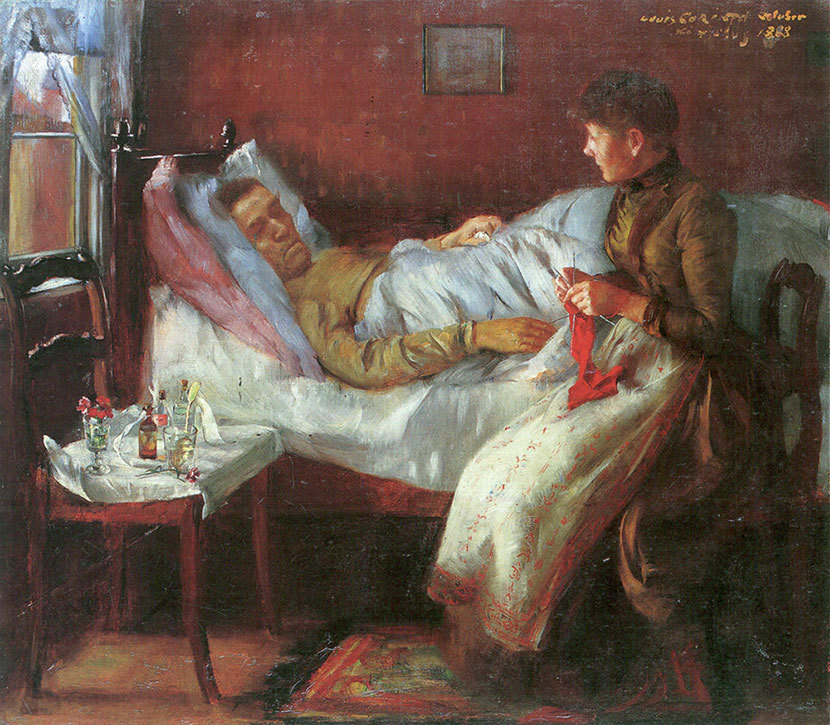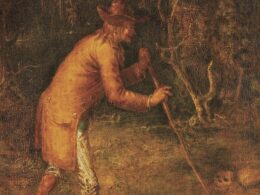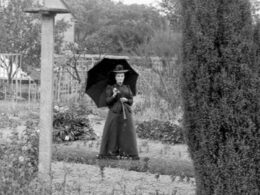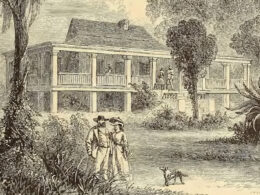F. Scott Fitzgerald (1896–1940)
From F. Scott Fitzgerald: Novels & Stories 1920–1922

F. Scott Fitzgerald was born 125 years ago, on September 24, 1896.
One hundred years ago this month, when he turned 25, his second novel, The Beautiful and Damned, began running serially in Metropolitan magazine. He soon began working on his next (and fourth) book, Tales of the Jazz Age, which appeared the following year.
Unlike his relatively cohesive first story collection, Flappers and Philosophers, the new book was a bit of a mishmash, gathering eleven selections of varying quality. Alongside such highly regarded masterpieces as the novellas “The Diamond as Big as the Ritz” and “May Day” are the comedy “The Camel’s Back” (which had been immensely popular among readers of The Saturday Evening Post at the time), two farcical playlets, and even two apprentice pieces he had published years earlier in an undergraduate magazine.
Until 2008 Tales of the Jazz Age was remembered mostly for its two novellas and for its title—which gave the Twenties one of its nicknames; Fitzgerald later referred to the decade as a time when “the parties were bigger, the pace was faster, the shows were broader, the buildings were higher, the morals were looser, and the liquor was cheaper.” Then Hollywood plucked one of the largely neglected stories from the book, “The Curious Case of Benjamin Button,” and turned it into a hit movie.
Repackaged with titles like The Curious Case of Benjamin Button and Other Jazz Age Stories, Fitzgerald’s early tales were newly introduced to tens of thousands of readers. One of the stories that has received renewed attention, “The Lees of Happiness,” is unique among Fitzgerald’s works for its sentimentalism. He had just married Zelda Sayre three months before he wrote it, and several critics have suggested that the story reflects his anxiety about both his marriage and his writing career.
In celebration of his 125th birthday, then, we feature “The Lees of Happiness” as our Story of the Week selection, with an introduction describing the initial, largely negative reaction to the story among critics when it was first published.



